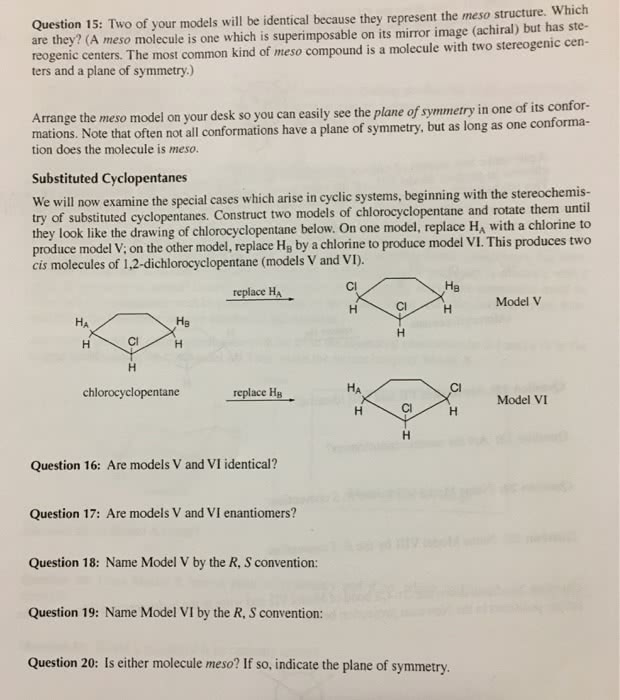We want to consider a statistical view of a dimerization reaction, in which two identical molecules (R + R) associate to form a single molecule (R2). We will develop a very simple model that lets us explore the likelihood of this occurring. Suppose the molecules can each occupy one "box" in a cube that consists of 100x100x100 boxes, or 106 boxes. In other words, the overall cube has 100 boxes along each side
b. Now suppose these two identical molecules dimerize to form a single molecule, R2. We will make the simplifying assumption that the dimerized molecule can still occupy only one volume element, that is one box. So, we now have 1 dimer that can sample 106 boxes, thus there will be 106 microstates. As for part a, calculate the entropy for this configuration. Under these conditions (and assuming that there is no change in the standard molar entropy for this reaction), is the dimerization favorable or unfavorable in terms of entropy change? Explain
We want to consider a statistical view of a dimerization reaction, in which two identical molecules (R + R) associate to form a single molecule (R2). We will develop a very simple model that lets us explore the likelihood of this occurring. Suppose the molecules can each occupy one "box" in a cube that consists of 100x100x100 boxes, or 106 boxes. In other words, the overall cube has 100 boxes along each side
b. Now suppose these two identical molecules dimerize to form a single molecule, R2. We will make the simplifying assumption that the dimerized molecule can still occupy only one volume element, that is one box. So, we now have 1 dimer that can sample 106 boxes, thus there will be 106 microstates. As for part a, calculate the entropy for this configuration. Under these conditions (and assuming that there is no change in the standard molar entropy for this reaction), is the dimerization favorable or unfavorable in terms of entropy change? Explain

